Soil amendments are materials added to soil in order to improve its fertility and structure. Inorganic soil amendments are a type of soil amendment that can be used to improve the health and fertility of the soil. They are made up of non-living, natural materials such as sand, gypsum, vermiculite, perlite, and limestone. These materials can be used to help increase water and nutrient retention, improve aeration, and improve the drainage of the soil.
They also help to reduce compaction, which can lead to healthier plant roots. In this article, we'll explore the different types of inorganic soil amendments and how they can benefit your plants.
Lime
is the most common type of inorganic soil amendment. It helps to increase the pH level of soil, making it less acidic, and helps to break down clay particles in the soil, making them easier for plants to absorb nutrients.Gypsum
is another type of inorganic soil amendment.It helps to break up compacted soils, and also helps to increase the water-holding capacity of the soil.
Compost
is another type of inorganic soil amendment that can be used to improve the fertility of the soil. Compost is made from organic material such as grass clippings, leaves, and kitchen waste, and helps to add nutrients and beneficial bacteria to the soil. Other types of inorganic soil amendments include rock dusts, zeolites, and volcanic ash.Each of these materials have their own specific benefits and can be used in different ways. For example, rock dusts are often used to increase the nutrient content of soil, while zeolites can be used to absorb toxic metals and other pollutants from the soil. Volcanic ash is also often used as a soil amendment as it helps to improve soil structure and aeration. In general, adding any type of inorganic soil amendment can help to improve the fertility of the soil and make it easier for plants to absorb nutrients. However, it is important to understand which type of amendment is best suited for your particular needs before adding it to your soil.
Different types of amendments can have different effects on the soil, so it's important to do your research before deciding which one is right for you.
Benefits of Inorganic Soil Amendments
Inorganic soil amendments can provide many benefits to your garden or lawn. They can help improve the fertility of the soil, making it easier for plants to absorb nutrients. Lime, gypsum, and compost are some of the most common types of inorganic soil amendments, each with their own specific benefits. Lime can help to raise the pH of acidic soils, while gypsum can help to break up heavy clay soils.Compost can provide organic matter to sandy soils, improving water and nutrient retention. In addition to improving the fertility of the soil, inorganic soil amendments can also help break up compacted soils, making it easier for plants to take in water and air. This can be especially beneficial for lawns, allowing them to better absorb water and nutrients. Inorganic soil amendments can also help reduce erosion and improve drainage, both of which are important for protecting the environment. Overall, inorganic soil amendments can be a great way to improve the health and productivity of your garden or lawn. They can help to make the soil more fertile and make it easier for plants to absorb nutrients.
In addition, they can help to reduce erosion and improve drainage, making them an invaluable tool for any gardener. Inorganic soil amendments can be a great way to improve the health and fertility of your garden or lawn. They can help to make the soil more fertile, and make it easier for plants to absorb nutrients. Different types of inorganic soil amendments, such as lime, gypsum, and compost, can offer specific benefits depending on the type of soil being amended. With the right type of inorganic soil amendment, you can have a healthier garden or lawn in no time.

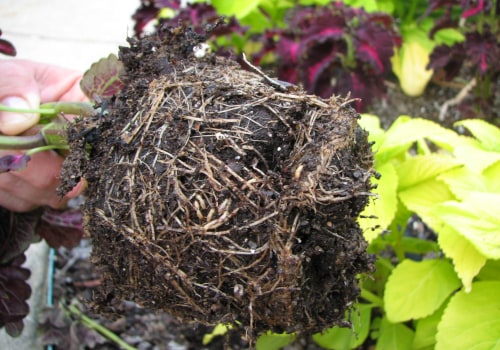
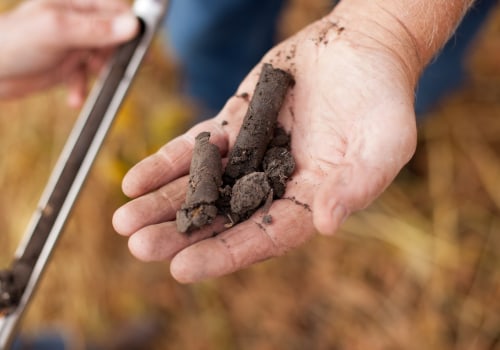
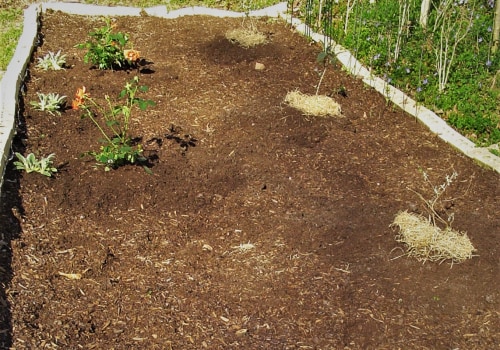




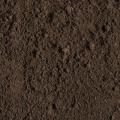
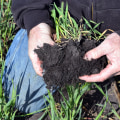
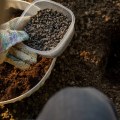
Leave a Comment